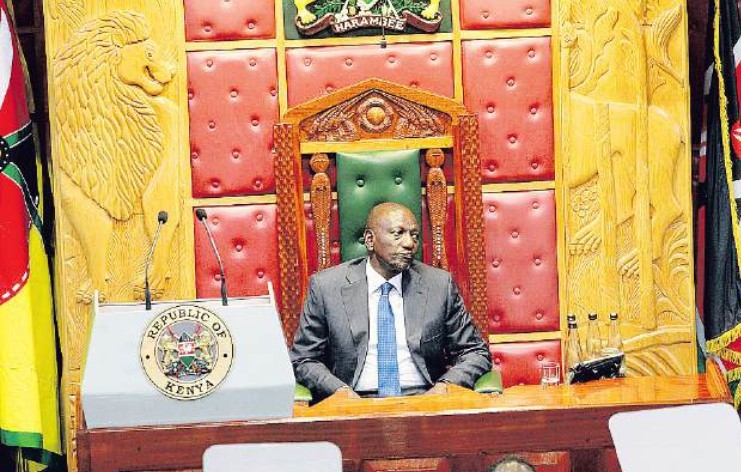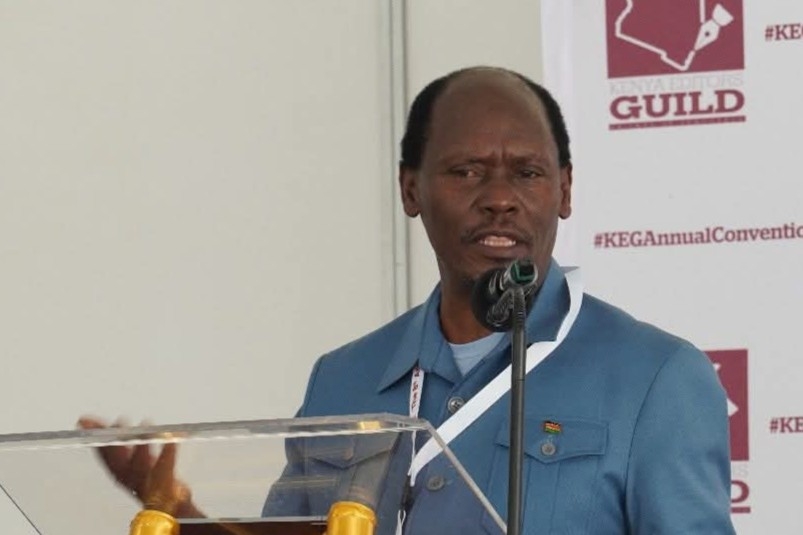A new report has called for the adoption of energy-efficient, environmentally friendly and economically viable cooling solutions to curb emissions.
The report, “Cooler Finance: Mobilising Investment for the Developing World’s Sustainable Cooling Needs," finds developing economies are set to double their cooling demand by 2050.
Developing nations are currently generating two-thirds of global cooling-related emissions.
This is due to population growth, economic expansion and urbanisation.
In 2023, the Kenyan government unveiled a five-year plan to reduce greenhouse gas emissions from refrigeration appliances.
This is by enhancing the availability and accessibility of sustainable cooling solutions.
The 2023–27 National Cooling Action Plan for Kenya was unveiled at a Nairobi hotel on Wednesday by Environment and Climate PS Festus Ng'eno.
Ng'eno said the plan puts the country on a path toward a "green, cool revolution".
The new report was released on September 25, by the UN Environment Programme-led Cool Coalition and International Finance Corporation.
It shows that the fastest growth in cooling is expected in Africa.
Unep Executive Director Inger Andersen said as record temperatures continue to be broken worldwide, keeping cool is an essential need for a healthy environment and communities.
“However, we must avoid creating a vicious cycle of meeting cooling demands through solutions that further heat the planet,” Andersen said.
There is a need to adopt sustainable, affordable and energy-efficient cooling solutions that meet growing demand and support climate, health, food security and economic development.
“Governments, private businesses and multilateral banks can use this report to harness a wide range of financial instruments for sustainable cooling and resilience to extreme heat.”
The report calls for prioritising passive, energy-efficient, environmentally friendly and economically viable cooling solutions.
Passive cooling strategies encompass insulation, reflective materials, enhancing green areas and energy-efficient technologies.
Minimum energy performance standards new building energy codes and a faster phase-down of climate-warming refrigerants need to be enforced.
It also requires a systems approach to cold chains and large cooling infrastructure services and incentives to promote innovation.
IFC Managing Director Makhtar Diop said the sustainable cooling market represents at least a 600-billion-dollar opportunity for the private sector.
This could generate more than $8 trillion in benefits for developing countries.
“These nations are especially vulnerable to the deadly effects of rising temperatures and are urgently in need of cooling solutions,” Diop said.
“We are proud to present this report, which describes the opportunity to invest in sustainable, affordable and scalable cooling solutions, aiming for near-zero emissions by 2050.”
The transition to sustainable cooling requires an enabling environment to make developing economies more attractive to investors.
Sustainable cooling technologies can slash cooling-related emissions by almost half by 2050 in developing economies.
Further, the cooling market in developing economies is expected to grow from around $300 billion to at least $600 billion per year by 2050.
Closing existing shortfalls in access to cooling for households and SMEs in developing countries will require $400-800 billion, in addition to future increases in demand.
Key recommendations include improving data on cooling, capital costs, and financing; raising awareness; and expanding the use of best practice business models and financing tools.
Other recommendations include increasing seed and high-risk funding for pilot technologies; leveraging blended and concessional finance; and building on the Global Cooling Pledge to create a Sustainable Cooling Finance Partnership.
Unep and IFC are working with governments, businesses and other stakeholders to de-risk investments and ensure sustainable cooling solutions are accessible to all, especially in low-income regions which are most prone to increasingly common heatwaves.
















